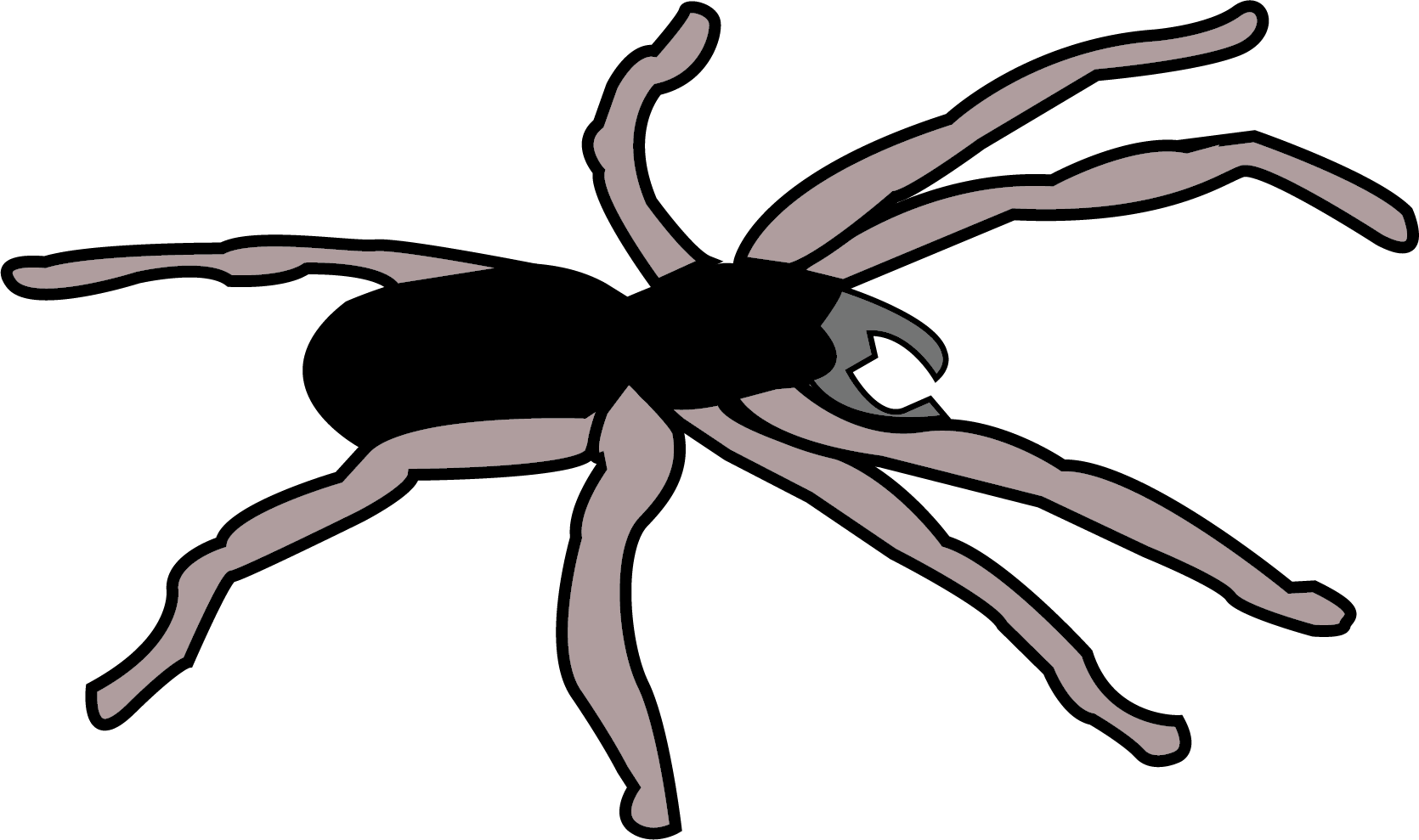Garbage In, Garbage Out Questions and Answers - Free PDF Download
FAQs on NCERT Solutions For Class 6 Science Chapter 16 Garbage In, Garbage Out - 2025-26
1. What is the correct method to differentiate between biodegradable and non-biodegradable waste as per the NCERT solutions for Class 6, Chapter 16?
As per the NCERT solutions, the correct method to differentiate between the two types of waste is to perform a simple burial test. To solve this, you should collect samples like vegetable peels, paper, and a plastic bottle. Dig a shallow pit, place the samples inside, and cover them with soil. After a few weeks, when you dig them up, you will find that the biodegradable waste (peels, paper) has started to rot and mix with the soil, while the non-biodegradable waste (plastic) remains unchanged.
2. How do the NCERT solutions for 'Garbage In, Garbage Out' explain the step-by-step process of vermicomposting?
The NCERT solutions for Class 6 Science Chapter 16 provide a clear, step-by-step method for vermicomposting:
Step 1: Prepare a pit or a box. Spread a layer of sand at the bottom.
Step 2: Add vegetable peels and other green waste over the sand.
Step 3: Introduce redworms (a type of earthworm) into the pit.
Step 4: Cover the mixture loosely with a gunny bag or grass to retain moisture.
Step 5: The redworms will consume the organic waste and excrete it as vermicompost, a very rich fertiliser, which can be harvested after 3-4 weeks.
3. According to the NCERT Solutions, what are some practical ways a Class 6 student can apply the 'Reduce, Reuse, and Recycle' principle?
The solutions for Chapter 16 suggest several practical ways for students to follow the 3Rs, as per the CBSE 2025-26 syllabus:
Reduce: Minimise the use of disposable items. For example, use a reusable water bottle instead of buying single-use plastic ones. Avoid printing paper unnecessarily.
Reuse: Find new purposes for old items. Glass jars can be used for storage, and old clothes can be turned into cleaning rags.
Recycle: Segregate waste like paper, plastic, and glass so it can be sent to a recycling facility. Create a separate bin for old newspapers and magazines.
4. Why is simply dumping garbage in a landfill not a sustainable solution, as explained in Class 6 Science Chapter 16?
As per the concepts in Chapter 16, landfills are not a sustainable solution because they create long-term environmental problems. The garbage, especially non-biodegradable waste like plastics, remains there for hundreds of years, occupying vast amounts of land. Over time, harmful chemicals can seep from the garbage into the soil and groundwater, causing pollution. Furthermore, as cities grow, finding new land for landfills becomes increasingly difficult.
5. How do the NCERT solutions explain the harmful effects of burning plastic and other waste?
The NCERT solutions clarify that burning waste, particularly plastics, is extremely harmful. When burnt, these materials release toxic gases and smoke into the atmosphere. Inhaling these fumes can cause serious respiratory diseases and other health issues. This practice contributes significantly to air pollution and is strongly discouraged as a method of garbage disposal in the chapter.
6. Beyond just disposal, how does segregating waste at the source help in the overall management of garbage as per the concepts in Chapter 16?
Segregating waste at home into categories like 'wet' (biodegradable) and 'dry' (non-biodegradable) is crucial for effective garbage management. This initial step makes subsequent processes far more efficient. The wet waste can be easily converted into useful compost. The dry waste, being clean and unmixed, can be sorted and sent for recycling. This reduces the total volume of garbage that ends up in landfills, making waste management more sustainable and economical.
7. How can students verify their answers for the exercises in NCERT Class 6 Science Chapter 16?
To verify answers for the exercises in 'Garbage In, Garbage Out,' students should use expert-prepared NCERT solutions that strictly follow the CBSE methodology. These solutions provide step-by-step explanations for each question, helping students understand the correct problem-solving approach. By comparing their answers with these detailed solutions, students can identify any mistakes, understand the core concepts better, and ensure their responses align with the expected format for examinations.


























